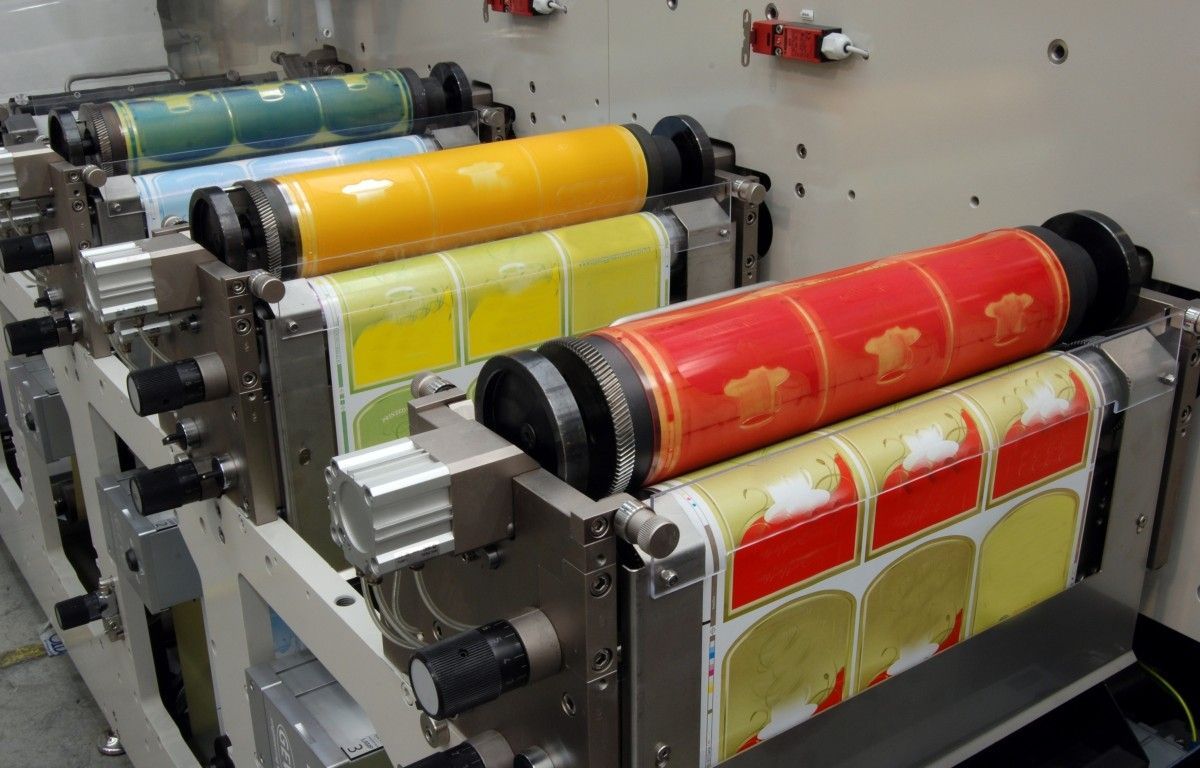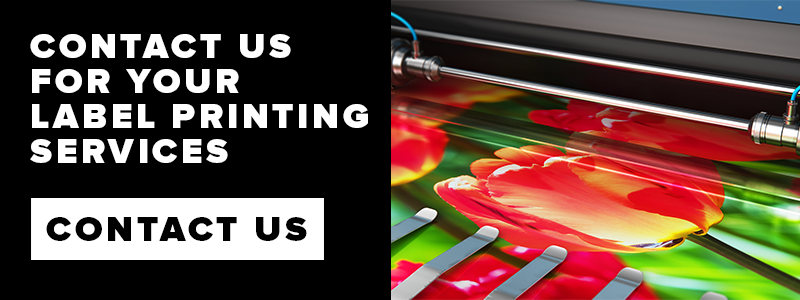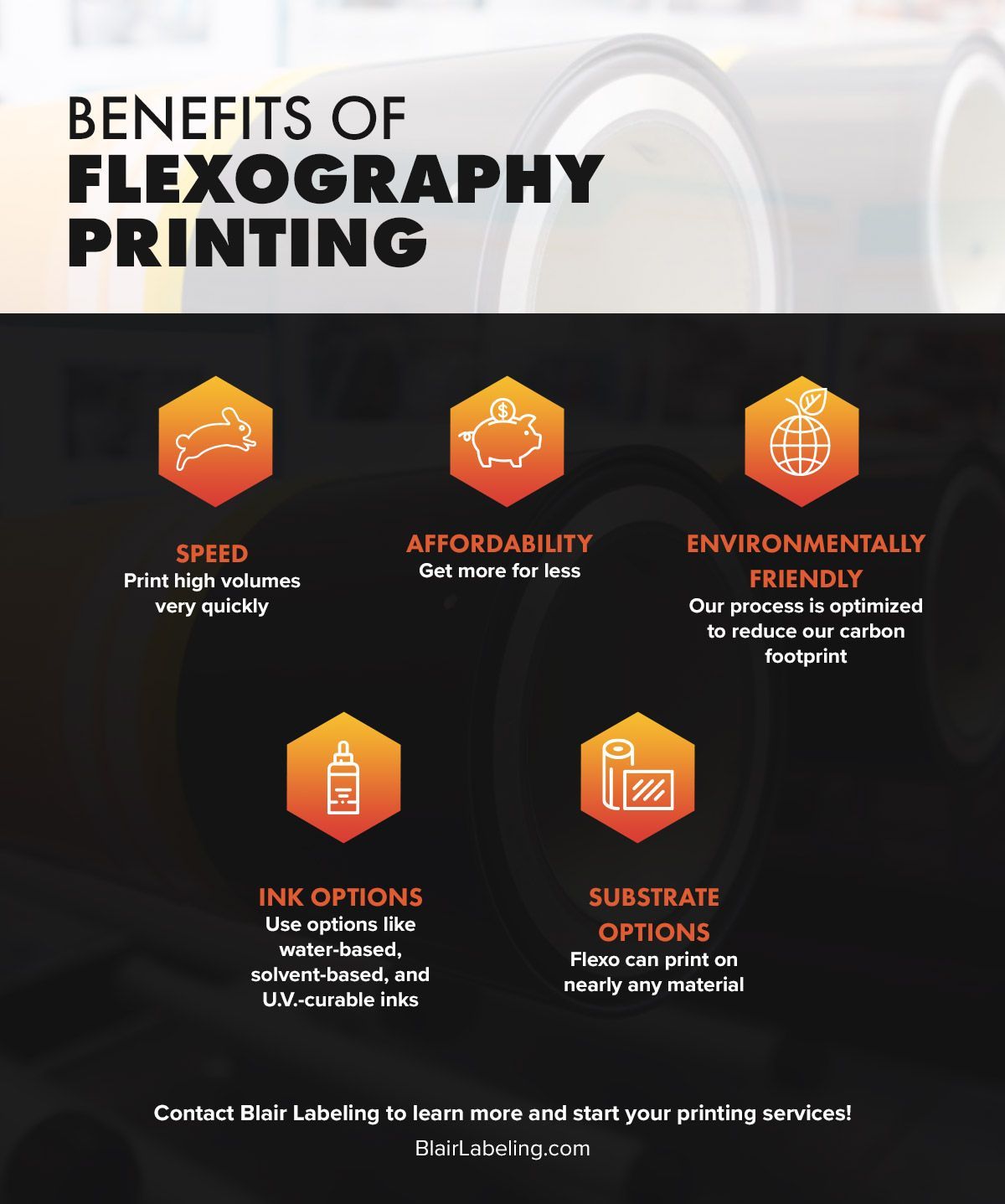You may have heard of flexo printing before and are probably a little curious about what it is and if it can help your business. In today’s blog at Blair Labeling, we provide you with a basic understanding of what flexo printing is, how it works, and how it can help your business. Keep reading to learn more and be sure to contact our team for all your product label printing needs.
You may have heard of flexo printing before and are probably a little curious about what it is and if it can help your business. In today’s blog at Blair Labeling, we provide you with a basic understanding of what flexo printing is, how it works, and how it can help your business. Keep reading to learn more and be sure to contact our team for all your product label printing needs.



